Description
Heat shrink film
Heat Shrink Film – A guide to material selection and proper use
Heat shrink film is a kind of material made up of polymer plastic film. When subjected to high temperatures, it shrinks and clings to whatever it covers. Tools needed for shrink film include heat sealer, heat gun, heat tunnel. There are many ways to use heat shrinkable film, some typical applications of shrink film are for wrapping food, cosmetics, boxes, toys, books, pharmaceuticals…
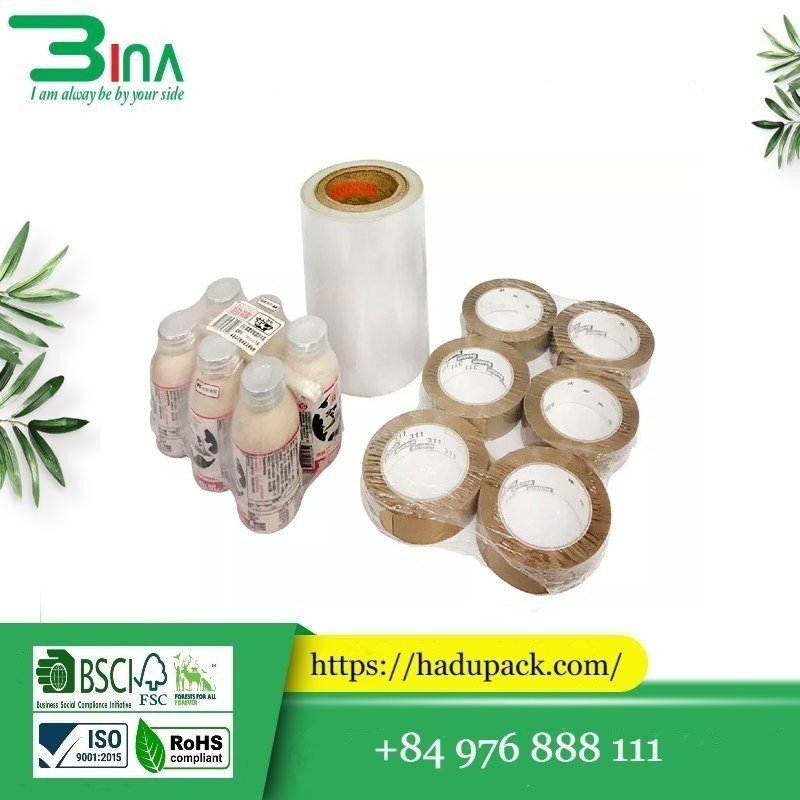
List of the most popular types of heat shrinkable film used in packing goods
The most commonly used heat shrinkable film is polyolefin. It is available in a variety of thicknesses, clarity, strength and shrinkage rates. The two main membranes can be crosslinked or non-crosslinked. Other shrink films include PVC, Polyethylene, Polypropylene and some other ingredients.
Polyolefin wrap or POF heat shrink film is a premium shrink film, as it is extremely durable and flexible. POF is puncture resistant and highly durable, allowing it to be used for irregularly shaped items. POF membranes are made from 100% recyclable and FDA approved materials. It has excellent clarity and a sleek look, as looks are what matters. POF has the ability to shrink completely and quickly.
PE – a polyolefin, used in some forms of flexible protective packaging. There are 3 different forms of PE that can be used. These include Low Density Polyethylene (LDPE), Linear Low Density Polyethylene (LLDPE), and High Density Polyethylene (HDPE). For shrink film application, LDPE would be the best choice, as it has higher strength and higher strength for heavier items. These wrappers can also have printed graphics and LDPE provides the best quality. The downside to PE is that it does not have a large shrinkage rate, and has a lower clarity than other shrink films.
Heat shrink film applications
Heat shrink film is being widely used for the following:
- The main packaging solution in the manufacturing industry
- Protect machines and materials that are not in use
- Packing goods in pallets and boxes safely
- To advertise products and brands, because it can be printed on heat shrinkable film
See more: Printed shrink film
Using heat shrink film:
Currently, pof heat shrink film is used in many industries:
- Electronics industry: packing phone boxes, cameras…
- Pharmaceutical and medical industries: medicine boxes, medicine bottles…
- Food industry: boxes of cakes, cereals, milk, boxes of instant noodles…
- Garment industry packing medical protective clothing, masks…
- Sometimes pof shrink film is also used in heavy industries such as heat shrinkable film for wooden doors, plastic doors, aluminum profiles…
Is it possible to wrap temperature sensitive products with shrink film?
The product is well wrapped, especially with high quality heat shrink film, it doesn’t need much heat to shrink the film. Indeed, most products will take no more than a few seconds to pass through a heat tunnel or under a heat gun. We have had many customers with heat sensitive products who chose shrink film packaging and are very pleased with the results.
In the past, it may have been true that shrink-wrapped products did not need to be exposed to extreme heat – for example, DVDs or CDs or certain food products – but today the technology has advanced to the point where The required temperature is minimal, and the risk is non-existent. Hoang Gia PS always has the right solution to quickly shrink shrink wrap for heat sensitive products.
Guide to choosing heat shrink film:
What thickness of Shrink Film do you need?
The thickness of the film required will depend on what is being rewrapped and how the finished wrap will experience stress once it is wrapped. The thicker the shrink film, the more durable it is.
If the wrap is used to pack heavy products or items with sharp edges or needs to be transported over wide roads for long distances, a thick high-shrink wrap is recommended. And again for you, PE shrink film has the largest thickness of all shrink films.
What color heat shrink film should be used?
Hadupack offers shrink film bags and pouches in four colors: White, Blue, Black and Transparent. All will protect the object wrapped with a film. However, there are some slight differences due to the interaction of sunlight with colors.
White color provides the best sunlight reflection. It tends to keep the atmosphere underneath the shrink wrap at a more consistent temperature, which minimizes condensation and moisture build-up.
Blue is sometimes used in colder areas because darker colors absorb a little more heat from sunlight, which can naturally limit the cold. This means that blue heat shrink film is not ideal for use in warm, hot climates, where it can cause temperatures above ambient, adversely affecting the product inside.
Black provides extra security by covering the inside and providing moderate UV protection.
Transparent film is used whenever you need the product to be seen clearly after wrapping the shrink film. Sunlight penetrates more easily through the shrink wrap, which makes the accumulation of steam or water vapor more likely. However, our shrink film has small holes not visible to the naked eye to solve this problem. And the most transparent shrink film is POF, then PVC.
How long does heat shrinkable film last?
The environmental factor is the biggest consideration when estimating the service life of shrink film. The less exposure to the weather, the better. Shrink film stored indoors will always last longer than films stored in direct sunlight or used in outdoor shipping applications.
Hadupack’s high quality heat shrink film is always guaranteed for more than 6 months. Although we have seen many customers use our shrink film to wrap products for many years. In short, it all depends on environmental factors, but 6 months to a year is a reasonable amount of time.
Which shrink film material is best for your project?
- PE – For products that are heavy or have sharp and hard edges. Also suitable for wrapping large sized items. In foreign countries often use it to wrap boats in winter.
- POF – A very popular retail packaging option. Polyolefin is food safe and FDA approved for direct food contact. Polyolefin shrink films are available in a wide range of thicknesses.
- PVC – For many years, PVC was the most popular shrink film on the market. PVC requires low temperature to shrink and is cheap.
3 notes before shrinking the shrink film:
- Choose shrink film: PVC, Polyolefin Film or LLDPE Pallet Stretch Film?
- Choose shrink film thickness: Shrink film is as thin as possible – or rather, shrink film has the minimum thickness to ensure your product is perfectly protected.
- Choose the shrink film width that fits the product size.
Hadupack always upholds these 3 notes, to help businesses save time and costs, and also reduce the amount of waste in the environment.
3 steps to shrink heat shrink film:
- Place the product in the heat shrink wrap of your choice. Bags and rolls are the most popular options.
- Seal the open ends with thermal glue or a heat sealer. There are many products that do not need to use this step.
- Use a heat gun or heat tunnel to shrink the shrink film.
Compare heat shrink film and cartons:
- When it comes to choosing the right packaging, it’s essential to find what’s right for the product as well as the business. And here are the differences of the 2 packing methods:
- Shrink film is much more cost-effective than cardboard boxes and typically saves between 50-75% in material alone.
- Shrink film can save space in the warehouse as well as during distribution because one pallet of shrink film can pack the equivalent of 15 cardboard pallets.
- Shrinking shrink film wraps products much faster than packing products into boxes.
- Shrink film protects products from moisture and steam better than cardboard boxes.
Quotation for production of Heat Shrink Film:
Hadupack produces and distributes Heat Shrink films at very good prices, our shrink film products fully meet the export standards of the US, Europe and Japan…
Besides, heat shrink film products, POF shrink film of BiNa International Co., Ltd. Vietnam meet the standards: ISO 9001: 2015, ISO 22000: 2018, ROHS…
If you are looking for safe products that give you peace of mind about safe ingredients and your products are aimed at the more premium, standard market. Along with that is to bring added value of products through beautiful and standard packaging products.
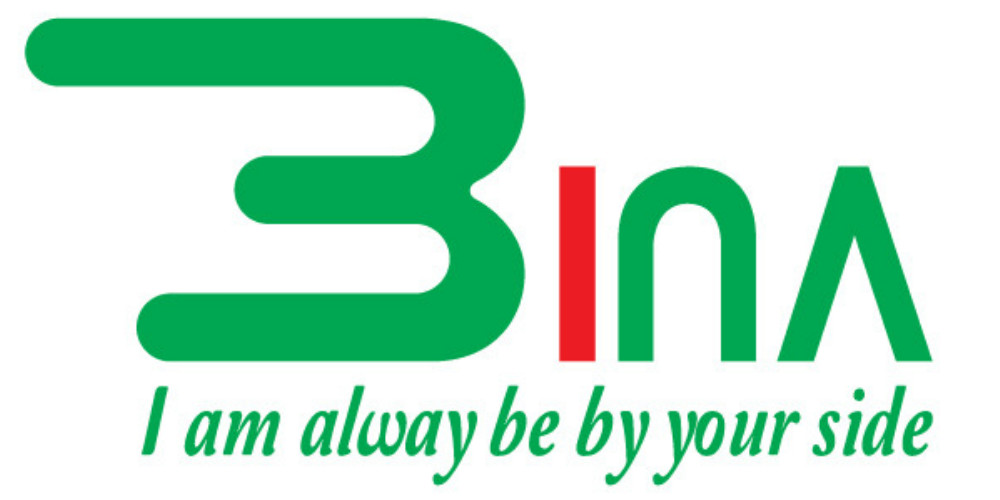

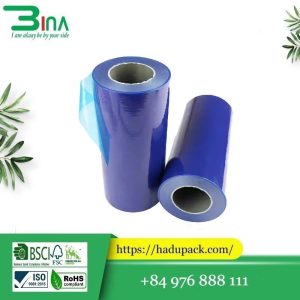


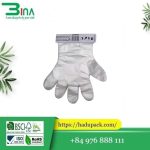
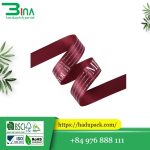
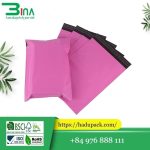
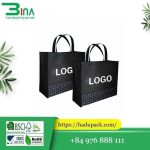
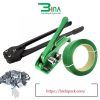
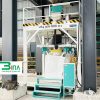

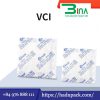
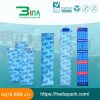
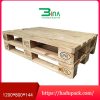


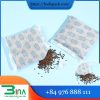

Reviews
There are no reviews yet.